
The clash between President Donald Trump and Walmart ignited earlier this week after the retail giant announced it would raise prices in response to new tariffs, sparking frustration from the former president. Trump fired back on social media, telling Walmart to “eat the tariffs” instead of passing costs on to customers. The message wasn’t just for Walmart; it was a warning to all retailers. Companies like Home Depot, for instance, are doing exactly what Trump demanded, absorbing the costs.
But Walmart didn’t stay quiet. The company fired back, and what they said next only fueled the feud.
What Set Off the President’s Clash With Walmart?
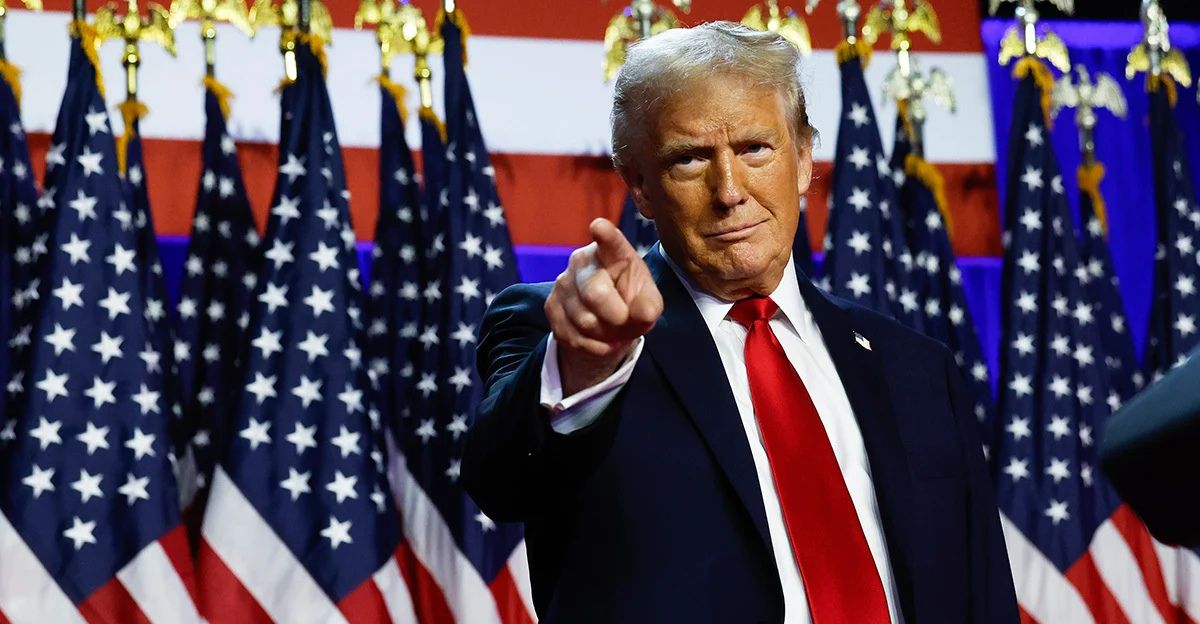
The feud began on May 15, 2025, when Walmart’s CFO warned that Trump’s steep tariffs, once 145% on Chinese goods, would force price hikes due to the company’s slim 4–5% profit margins. Trump lashed out two days later, demanding Walmart “EAT THE TARIFFS” and stop blaming his trade policy. Walmart pushed back, citing harsh economic realities and rising import costs.
With 90% of Americans living near a Walmart, the dispute quickly became national news, especially when the retailer revealed price jumps on basics like bananas and car seats. The clash spotlighted the real-world impact of tariffs on working-class families.
How Did Other Retailers Respond to Trump’s Warning?
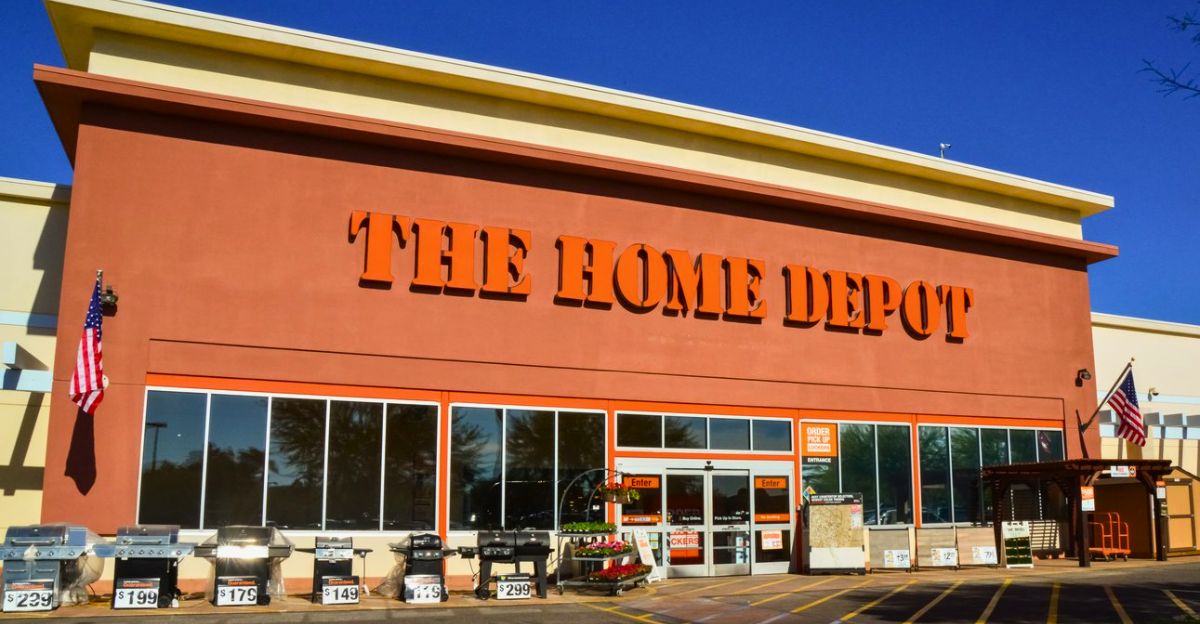
After Trump told Walmart to “eat the tariffs,” most retailers took a quieter path. Target called price hikes a “last resort,” while Home Depot vowed to shield customers by shifting suppliers. Companies like Best Buy and Apple signaled rising costs but avoided naming Trump directly. Behind the scenes, firms rushed to move sourcing out of China, fearing political backlash.
CEOs chose words carefully, balancing transparency with self-preservation. Unlike Walmart’s blunt warning, others treaded lightly, hoping to dodge presidential ire while bracing for the economic fallout of a prolonged tariff war.
Why Did Trump Lash Out at Walmart?
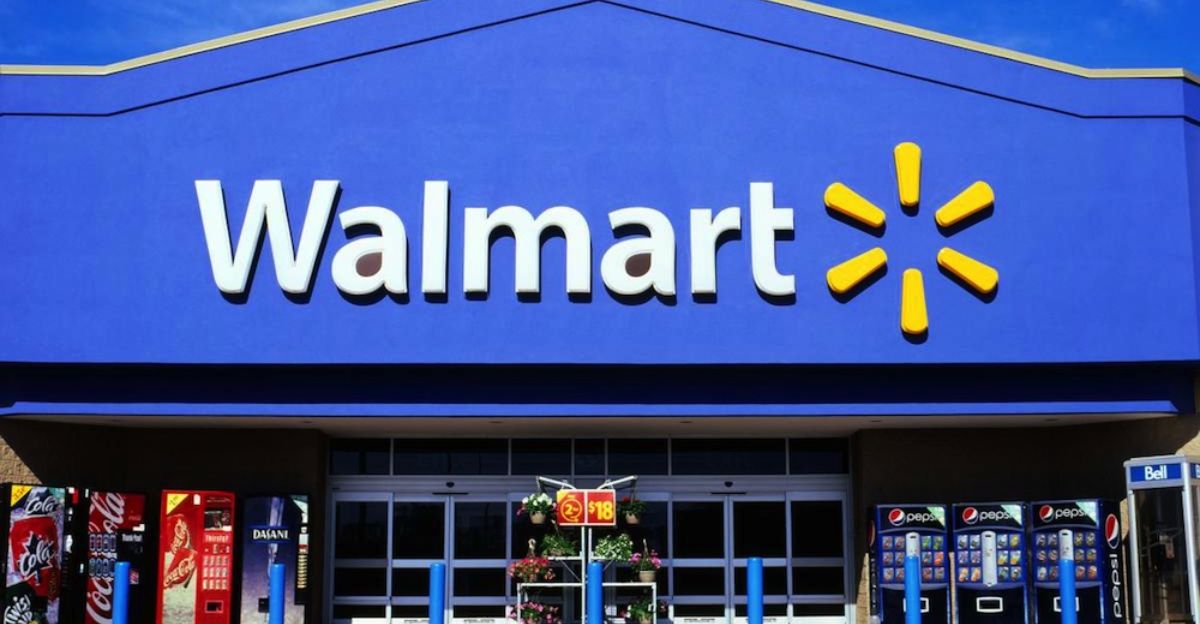
Trump’s fury stemmed from more than just rising prices—it was about protecting his narrative. Walmart publicly confirmed what economists had warned: tariffs meant higher costs for American shoppers. This clashed with Trump’s claim that foreign producers would foot the bill. Accusing Walmart of using tariffs as an excuse, he demanded that they absorb the costs.
Treasury officials admitted some pain would hit consumers, further weakening Trump’s position. Walmart’s refusal to play along spotlighted the real cost of trade wars—and challenged the president’s grip on the economic storyline.
Walmart Fires Back: “We Can’t Eat the Tariffs”
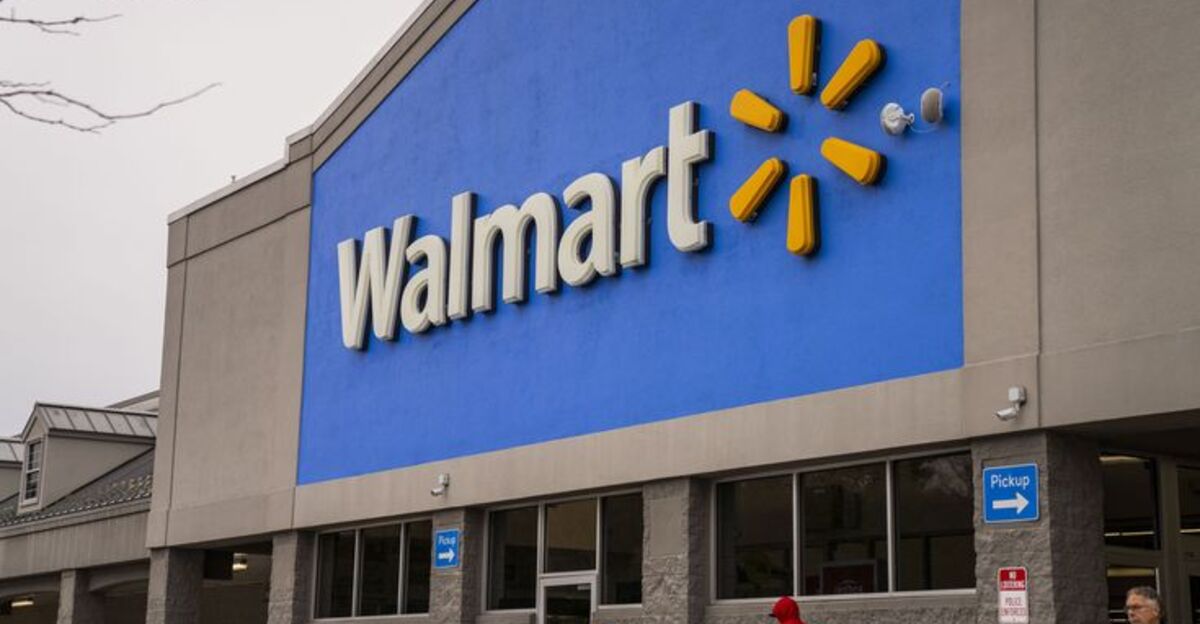
On May 20, Walmart broke its silence. In response to former President Trump’s bold directive to “EAT THE TARIFFS,” the retail giant issued a firm, diplomatic rebuttal. “We will keep our prices as low as we can for as long as we can, given the reality of small retail margins,” spokesperson Joe Pennington stated.
The message was clear: Walmart wasn’t going to sacrifice its business model to absorb billions in added costs. It was a shot across the bow—not just to Trump, but to anyone who underestimated the financial strain these tariffs impose. And it struck a nerve.
Walmart Begins Job Cuts to Offset Tariff Strain

As tariffs squeezed profit margins and pressure from the White House intensified, Walmart announced plans to eliminate around 1,500 corporate jobs. The move was part of a broader restructuring aimed at trimming internal costs and absorbing some of the financial burden without raising prices across the board.
These cuts primarily affected headquarters and back-office roles, signaling the company’s urgency to control expenses during an unpredictable trade war. While Walmart reaffirmed its dedication to affordability, the job reductions reflected a tricky balancing act: protecting consumers from price shocks while ensuring the business remained financially viable under mounting tariff-related strain.
From Milk to Monitors: Price Hikes Begin

The fallout is already trickling onto store shelves. Bananas, once a budget-friendly staple, rose from 50 to 54 cents a pound due to tariffs on Costa Rican goods. A Chinese-made children’s car seat that typically sells for $350 may now cost $450. And that’s just the beginning.
Walmart CFO John David Rainey warned of accelerated price increases by June, with categories like electronics, school supplies, and food taking the hardest hit. These aren’t luxury items, they’re everyday needs. For millions of families trying to make ends meet, the impact is real, immediate, and deeply personal.
Are Americans Changing the Way They Shop?

Beyond boardroom strategy, a deeper shift is underway. American shoppers are evolving. Rising prices are pushing more consumers toward secondhand goods, discount apps, and bulk purchases. TikTok users are sharing “tariff hacks” to avoid inflated costs, while YouTube channels offering budget-friendly shopping tips are seeing surges in followers.
The tariff war may be accelerating a generational shift away from big-brand loyalty and toward resourceful, independent purchasing. Walmart, once the champion of low prices, now finds itself battling not just tariffs, but changing consumer habits that might permanently reshape how America shops.
Consumer Confidence Plummets as Tariffs Bite
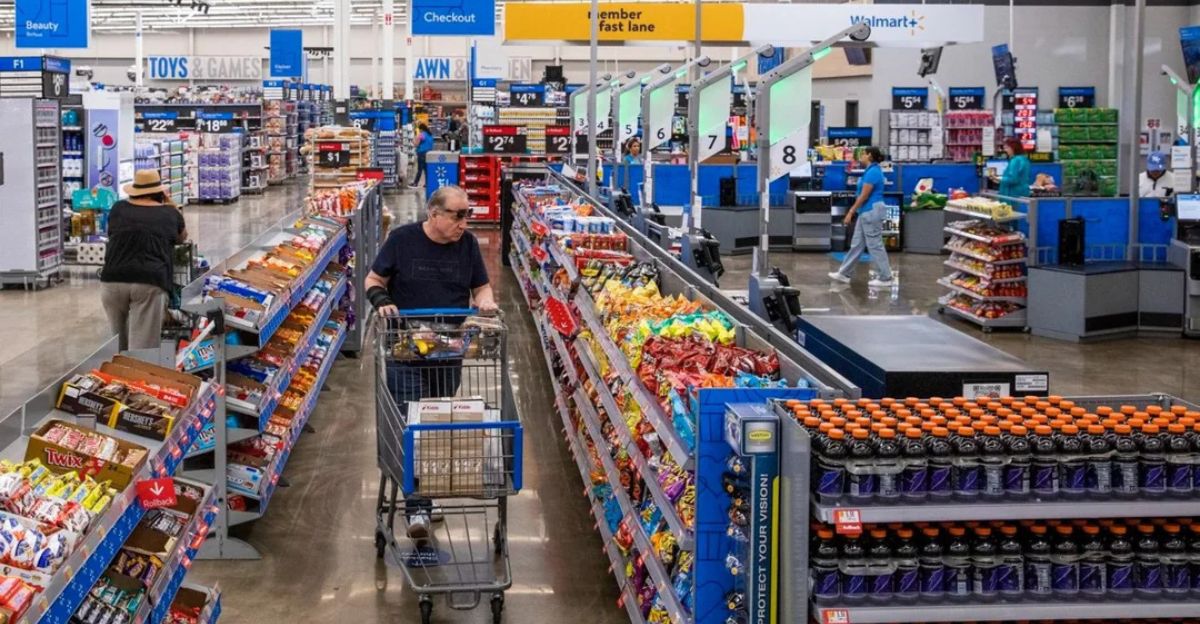
Consumer sentiment has dropped nearly 30% since January, with economists warning that Trump’s tariffs are hitting lower- and middle-income Americans the hardest, Walmart’s primary shoppers. As purchasing power erodes, families are pulling back on big-ticket items and delaying discretionary spending.
Carl B. Weinberg of High Frequency Economics notes growing consumer caution under Trump’s economic agenda. The shift is already visible: Target reported a 5.7% drop in same-store sales, while Walmart is doubling down on essentials like groceries. With confidence shaken and wallets squeezed, retailers are bracing for tighter margins and a tougher road ahead as the trade war drags on.
The Bigger Question: Who Pays in the End?

Walmart’s stand drew a line in the sand, but the dust hasn’t settled. If tariffs remain high and consumer resistance grows, what happens next? Will companies be forced to absorb more costs, or will a breaking point lead to political change? And more urgently, how will families cope when prices on essentials climb with no clear end in sight?
As the standoff continues, it’s not just a question of corporate strategy or presidential commands. It’s about the quiet decisions playing out at kitchen tables across the country—what to buy, what to skip, and how long wallets can hold out.
Discover more trending stories and Follow us to keep inspiration flowing to your feed!

Craving more home and lifestyle inspiration? Hit Follow to keep the creativity flowing, and let us know your thoughts in the comments below!
